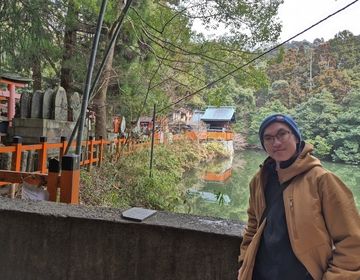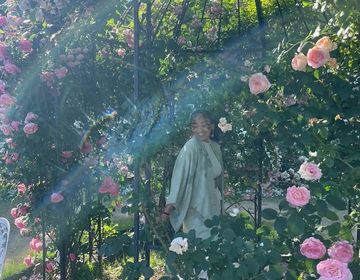EAT, DRINK, EXPLORE: KYOTO
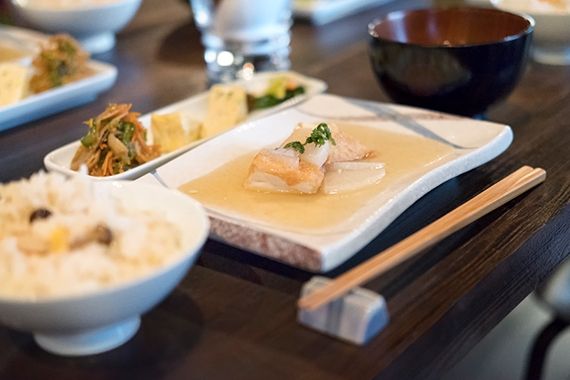
BEST FOOD TO EAT IN KYOTO
Obanzai is a traditional style of Japanese cuisine featuring small plates that’s native to Kyoto. Think of obanzai as Kyoto’s take on Spanish tapas. For food to be considered obanzai, the plates must follow a few guidelines: the ingredients used must be in season; at least half of the ingredients must be produced or processed in Kyoto; and ingredients that would otherwise be discarded as waste should be incorporated (like the skins of vegetables and pieces of dried bonito). Since Kyoto is home to 32 kinds of fresh and local vegetables, it’s common to find eggplant, spinach, and tomatoes in many obanzai plates. Expect obanzai restaurants to serve food like miso soups, pickled and root vegetables, sushi, deep-fried tofu, and stews.
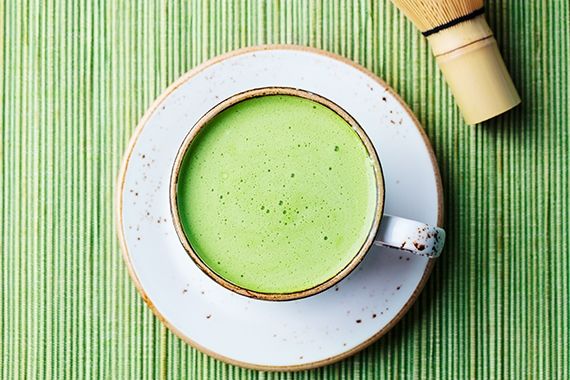
BEST DRINK IN KYOTO
The world’s finest matcha is said to come from Kyoto. Uji matcha (宇治抹茶), specifically, is considered the highest quality of Japanese green tea. Its abundant green tea leaves thrive in Kyoto’s environment, courtesy of its hilly terrain, excellent soil, mild temperatures, and prevalent mist. A cup of vibrant green Uji matcha conveys a mildly buttery profile, with a sweet aftertaste. Not only is Kyoto home to the world’s highest grade matcha – it’s also the birthplace of the Japanese tea ceremony. Select Kyoto temples offer tea ceremonies in which they serve you matcha while overlooking lovely zen gardens. Consider visiting Nanzen-ji Temple or Shoren-in Temple for this unique experience!
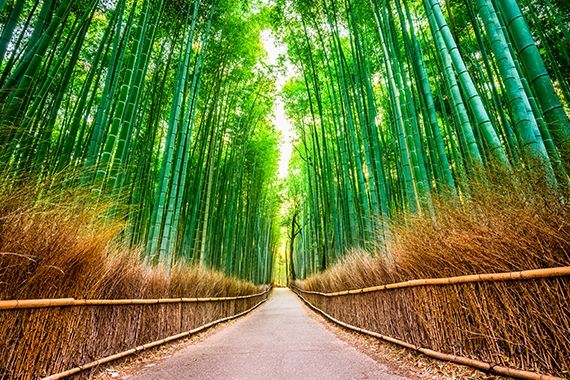
BEST PLACE TO EXPLORE IN KYOTO
Step into Arashiyama Bamboo Grove, one of Kyoto’s most photographed sites and main attractions. Pictures don’t do this forest justice – standing in the midst of this sprawling bamboo grove will make you feel like you’re in another world. Arashiyama is located in the far west of Kyoto, roughly 30 minutes from the city center by train, bus, or taxi. When you arrive, follow the main path through the grove that slowly leads you uphill. Lush bamboos stand nearly 100-feet tall, towering on both sides of the trail. The bamboo stalks naturally dim the sunlight and rustle in the breeze, giving the trail a sense of quiet and calm. Arashiyama is also home to several significant temples, huts, and villas. Complete your visit by exploring some of these landmarks, especially Tenryu-ji Temple, which is one of Kyoto’s 17 UNESCO World Heritage Sites.
Related Posts
Kickin’ it in Kyoto
Hey all, my name is Ethan Adams. I’m a Junior at Hope College (Michigan) who embarked on an adventure abroad with CIEE’s Ancient and Modern Japan (AMJ) program. Now, two... keep reading
How to Study Japanese in Japan: 3 Easy Steps
If you’ve ever dreamed of ordering ramen like a pro, exploring ancient temples, or binge-watching anime without subtitles, studying Japanese in Japan is your next big adventure. With vibrant Tokyo... keep reading
Abroad in Japan: Day in Osaka
Authored by Sarah Vu Want an amazing to stop by in the Kansai area while traveling Japan? Well yes, you must stop by Osaka if you’re visiting Japan. There is... keep reading


